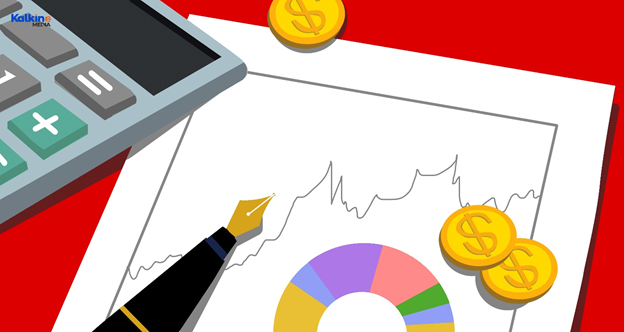Valuation Period
Updated on 2023-08-29T11:56:34.538076Z
What is a Valuation Period?
The valuation period is the time the interval at the close of the business day, during which specific market value is calculated for variable investment options. Valuation is the comparison of equity offers and is the calculation of a product’s value and is generally done by appraisers at the end of each business day. It applies to some kind of annuities and life insurance policies.
Valuation period may also be defined as the time between the close of the first business day and the close of the second business day, during which unit value is calculated for each investment. Depending on the investments made by businesses it is classified as high, neutral or low. Determining the present and future value is based on the time value concept, which states that the value of money decreases with time.

Source: Copyright © 2021 Kalkine Media
Understanding the Valuation Period
The valuation period is mostly applicable to investment options such as life insurance policies and variable annuities. An annuity is an example of a retirement plan that offer investors a source of income during retirement plan and is define as an agreement between a client and an insurance firm with periodic payments.
Annuities offer a range of investment products like mutual funds whose value depends on the performance of investment products. They include various investment options and investor may distribute a portion or the entire amount of the funds in long-term investment vehicles.
Variable annuities offer the potential to earn greater payouts but include higher risk and volatility because of day-to-day valuation than other annuities such as fixed-deferred annuities.

Source: Copyright © 2021 Kalkine Media
Classifications of Market Valuation Periods
To help calculating the realized investments different valuation period occurs that are classified as high, neutral or low depending on the de-trending market price-to-earnings ratio of the related value-weighted market index and de-tending the market price ratio includes removing the best straight line feet from the price market ratio.
Similarly, based on their decisions related to the executive stock options managers are classified as overconfident or under confident. Various insurance companies’ gets substantial grants of stock and non-tradable stock options as part of their compensation plans.
Before the valuation period expires, the risk-adverse businesses with enough back-up securities exercise their stock options. The reason for this is that the businesses are highly unveiled to company-specific risks that are difficult to mitigate.
When exercising stock options, businesses generally get shares of their stock that are traded almost immediately. The managers accepts that their businesses with constantly maintain high performance, with high level of risks. While under confident managers sell their stock options after the expiration of the valuation period, a strategy that decreases business specific risks.
Determining Present and Future values
It is important to determine present and future value to understand the process of valuation when finding the values.
Present value
The Present value of an annuity is the lumpsum amount that is equivalent to the current value of a set of equal rates of return or discount rates to be paid in the future, higher the discount rate, lower the present value of the annuity. The calculation of present value depends on the concept of the time value of money, which says that the money worth today is more than the money in future as the money today can be invested at a given rate of return.
For example, receiving a lumpsum of US $5,000 today worth more than receiving US $500 per year for five years. The lumpsum amount is invested today is going to be worth more at the end of five years than incremental investments of US $500 each, even if invested at the same rate of interest.
PV+ FV (1/(1+r)n
PV= Present value
FV= Future value
r= rate of return
n= number of period
Future Value
The future cash flows of annuities are calculated by the discount rate and it is used when an investor knows how much they can invest per period for a certain time period and want to determine how much they will have in the future. The discount rate is indirectly related to the present value of annuity as higher the discount rate lower the current value. The future value is useful when making payments on a loan and helps to calculate the total cost of the loan.
For determining the future value of the annuity future value of each cash flow over a period of time is needed. The calculation of the future value needs taking the value of each cash flow, factoring in the interest rate and original investment, and adding these values together to calculate the accumulated future value.
FV= PV (1+r)n
FV= Future value
PV= Present value
r= annual interest rate
n= number of periods interest held